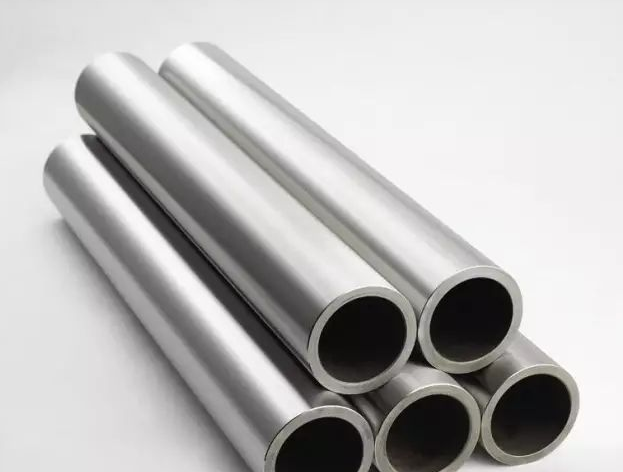Titanium Tubing are mainly used in the military industry. The PAW method has not been applied to bicycle manufacturing for the time being, and then the noble and complex chemical processes. Pure titanium means nothing because it's too soft and in order for it to be useful, titanium is very difficult to extract because it has to be isolated. It must be supplemented with different metals. All this, of course, assumes the inherent properties of titanium itself.
So what is commonly known as titanium is an alloy with special properties. From the general point of view, titanium inferior lies in its extreme strength, mass ratio (high strength, but light weight) excellent corrosion resistance, non-magnetic thermal expansion and heat conduction coefficient is tiny, impact toughness (some domestic car owners called metal reducibility) and elevated fatigue index main characteristics. Mathematically, titanium alloy is called isotropic metal because it can take on different crystal shapes, either hexagonal or cubic.

The main difficulty is that titanium is extremely sensitive to the loss caused by friction. A simple example is that at extreme speed, if titanium is used in industrial chains to wear a piece of pure titanium flywheel, it will react as violently as welding. The idea of using a chemical example like this makes it easier to understand, but it's not frightening.
Although the hexagonal crystal structure of titanium makes its properties excellent, the temperature can make this structure change (here is a chemical shift, with the previous mentioned thermal expansion, heat conduction and other physical changes do not belong to the same category) Because of this reason, the titanium is called saturated crystal structure, so titanium alloy can not have a slight impurity, even if it is a tiny content. Otherwise, there will be cracks in the welding line of the titanium tube. Now that you understand about these difficulties, how to weld titanium alloy pipes?
It can not be treated with an approximate attitude. When welding, under the elevated temperature environment of a titanium alloy frame, all dangerous areas should be isolated with gas to prevent it from being "infected" by impurities, which is called bath melting (imagine people in a hot bath, that is, the whole body is surrounded by hot water, as the name implies). Therefore, the tiny environment of gas called "supervised gas" welding is adopted. There are two ways to invent a welding environment when this gas is inert. The first way is to use a bell jar. The other way is to maintain an inert gas at the welding site. I normally use argon and helium because it's readily available and inexpensive. For some special cases, such as large welding parts, arc will also be used to fill the gas environment in order to optimize efficiency.
After all, when workers weld manually, monitoring gas cannot guarantee that it can provide a totally sealed environment by gas. The gloves still have to touch the pipe. In order to reduce this impact, a decent welding workshop will first purify the air environment, and will be in this space into a large number of neutral gases, all of which brings a significant problem is the increase in cost (now we should understand why titanium alloy frame is costly) is the use of arc.